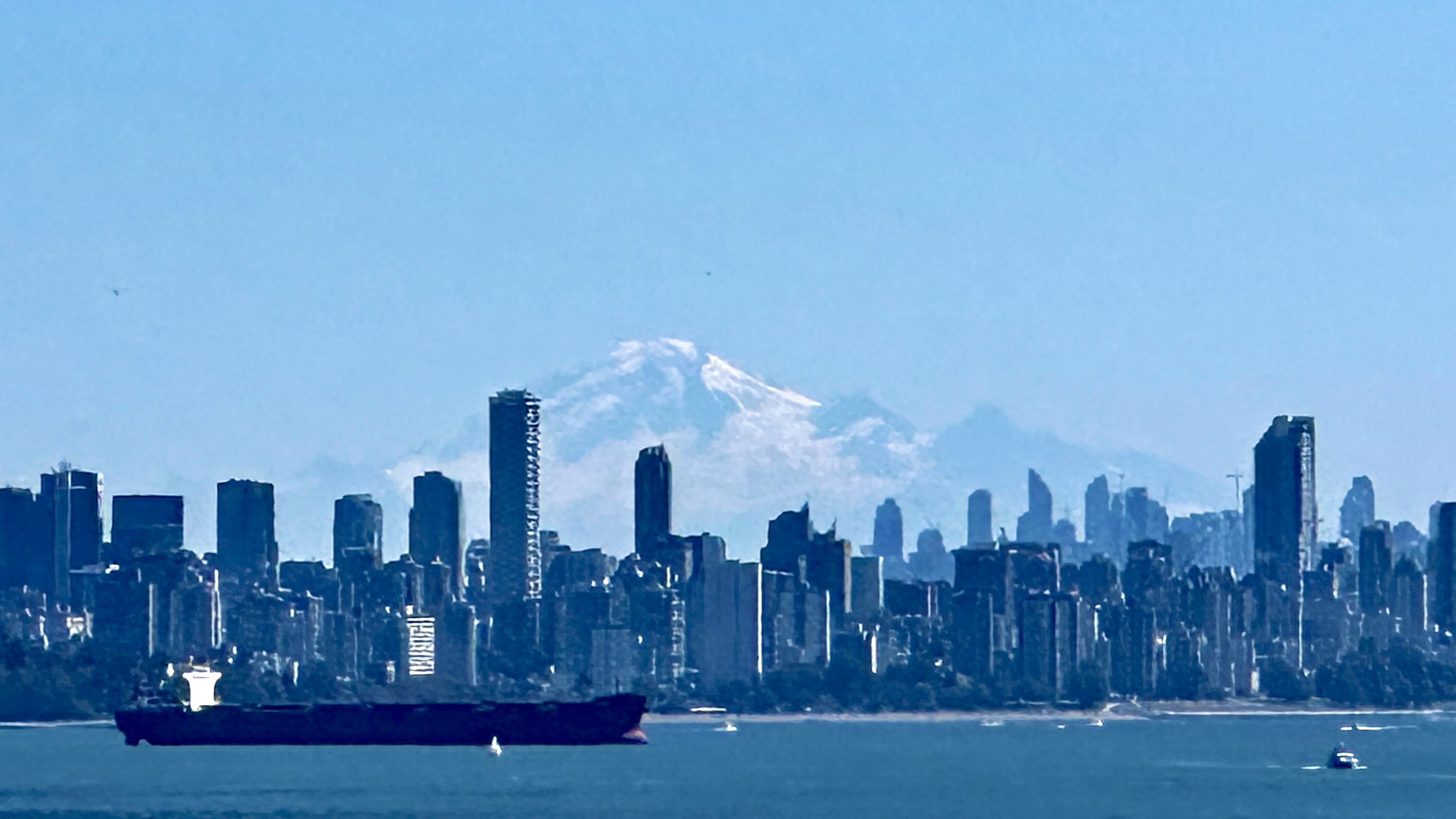July is probably the peak like the other commenter mentioned, but if you want sunshine pretty much any time between mid-June and the beginning of September is good. If you’re like me and want rainy hikes with clouds clinging to forested mountains, come in October.
Subscribed - New
Chex mix. Add a little oil and spread it out on a baking sheet. Toss in the oven for a little bit to really get it in there.
Remember it’s every driver’s right to cause an “accident” that kills someone so they can save about 15 seconds of travel time.
I move obstructions like this and rental scooters into the street.
Commit a high profile crime.
You’re welcome to use it for that if you’d like.
If you live in a red state and want Trump to not get your EC votes, your most likely path to success is voting for Biden and trying as hard as you can to convince people who don’t usually vote to also do so. Voting for RFK won’t change the tally enough.
No, it would not be weird. Yes, you might get complaints. Write what makes you happy.
The Lord of the Rings series read by Rob Inglis is awesome. That’s probably my favorite way to consume the series.



The polar vortex is present already and is slowly deepening. This is clearly evident in 10 and 30 mb height and wind charts.
Meteorological fall begins September 1. As noted, the polar vortex begins developing in August (because of the decreasing sunlight post-solstice) and isn’t full strength until later in the season. At this altitude in the poles (30 km up) thermal lag is less pronounced. Note the American Meteorological Society glossary says “the stratospheric polar vortex exists from fall to spring” (source). It is not just a winter phenomenon.
There is some predictive value in the strength of the polar vortex, especially with regard to the jet stream and sudden stratospheric warming events, but all seasonal forecasts carry uncertainty.
I am a meteorologist in Canada working primarily in the energy industry and have successfully used the polar vortex (among other parameters) in medium- and long-range forecasting several times. This has generally been in the context of deep troughs bringing heavy snow to Western Canada and the U.S. Northwest.
Of course, this being the internet readers can take or leave that claim. It was especially useful in early forecasts regarding an extreme cold weather outbreak in the U.S. Northwest in February-March 2019.